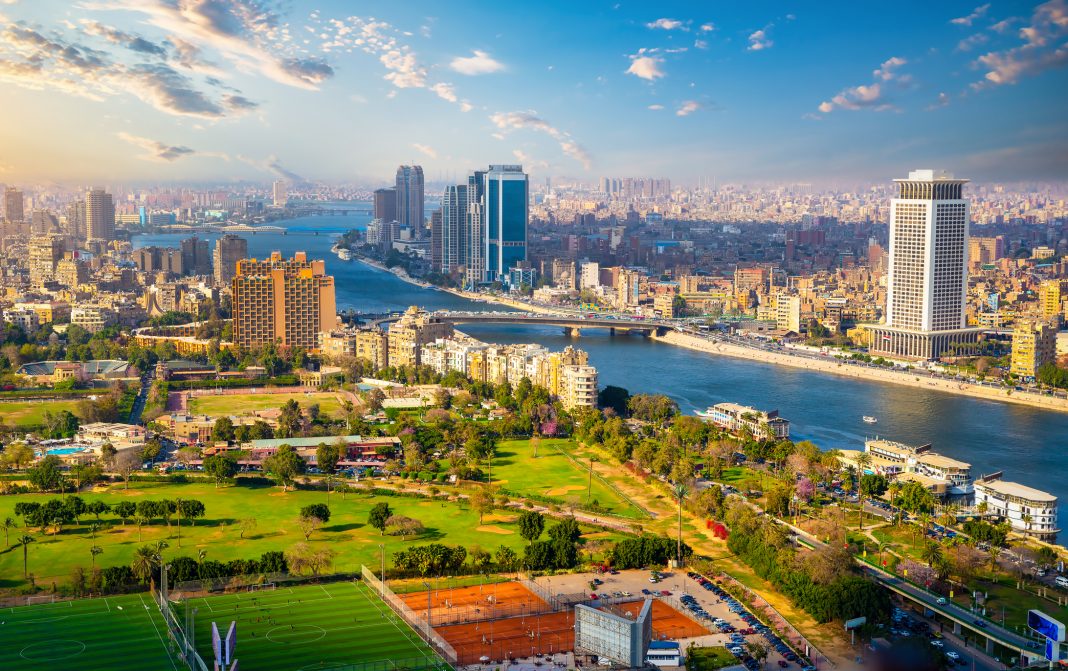Luma Saqqaf, CEO of Ajyal Sustainability Consulting, walks us through Egypt’s sustainable initiatives, especially Egypt Vision 2030
Governments are never afraid to pledge grand initiatives when it comes to sustainability – but those initiatives are often at risk because implementation is subject to external events.
We have seen this over the past year in the wake of Russia’s invasion of Ukraine, which has set the entire world back on the mission to achieve net zero emissions by 2050. Even though the resulting energy crisis has made many countries increase their focus on making renewables work in the future, governments still need to think about the here and now to feed people and heat their homes. And that has meant, for example, that oil companies have increased their production to meet the sudden surge in demand.
With no end to the war in sight, the net zero movement could continue to decelerate. Nevertheless, it’s a powerful example of how sustainable priorities can change according to events.
The same principle may well apply in Egypt. Egypt’s sustainable initiatives have long been promoted as a key part of the country’s economic development, but will events – namely the country’s severe economic problems – derail that?
Egypt Vision 2030 and so much more
Before we explore that issue, it’s worth pointing out some of Egypt’s sustainable initiatives. For example, Egypt Vision 2030 Sustainable Development Strategy was published in 2016 and aims for a 10% reduction in greenhouse gas emissions by 2030. Among the pillars of the plan are “an energy sector meeting national sustainable development requirements and maximising the efficient use of various traditional and renewable resources contributing to economic growth… and preserving the environment”.
The plan also pledges a “clean, safe and healthy environment leading to diversified production resources and economic activities”.
More recently, we also saw Egypt take the lead as the host nation of COP27 in November last year, publishing the Just Finance Guidebook on moving funds from the developed world to developing countries. Off the back of this concept, it raised nearly $10 billion in climate finance.
Furthermore, Egypt has announced several loans, many of which are development bank-linked, to fuel its economic growth. Today, more organisations are interested in sustainable finance and deploying money in sustainable finance.
Moving forward with Egypt’s sustainable initiatives
Egypt’s government clearly sees sustainability as key to moving the country forward – to comply with the UN’s Sustainable Development Goals and as a mechanism to attract money and support for projects that have traditionally been less accessible to developing countries.
However, the fact remains that Egypt’s economy is struggling badly.
Urban inflation had reached a five-year high of 25.8% in January, while the value of the Egyptian pound has halved in the space of a year. In a February report about the country’s economic woes, the Financial Times interviewed one mechanic who questioned whether he could afford to buy his children eggs for their breakfast. That’s a stark economic reality and, as we have seen from the fallout of Russia’s war, any threat to food or energy security has the potential to override well-meaning sustainability initiatives in a government’s list of priorities.
With Egypt’s economy struggling badly, there is the potential for its programmes like Egypt Vision 2030 to be pushed back. Most of these things depend on either government spending or the government’s ability to borrow.
You may have all these sustainable visions or projects to improve the economy, but the questions remain: will you find funding?
Will funders be happy to take this risk? At what price?
All this impacts their ability to develop and spend on all these plans they have put forward. For this reason, it’s becoming difficult to see how sustainability programmes alone can help Egypt’s economic development over the upcoming years.











